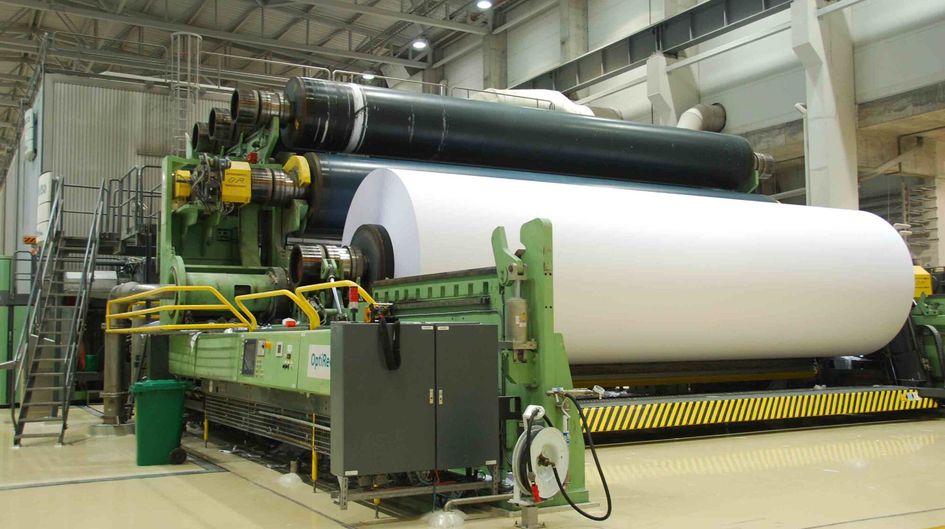Defoamers
Foam can be disruptive – for example in manufacturing or applying products. Defoamers can provide relief by effectively controlling foam formation. SIPERNAT® specialty silica and AEROSIL® fumed silica are important components in defoamers. They significantly increase their effectiveness and are often the only way to achieve the required efficiency. They sustainably and consistently prevent the creation of air bubbles and destabilize existing foam.
SILICA FROM EVONIK INCREASE THE EFFICACY OF DEFOAMERS

Improved paper production: Foam is also unwanted in the paper industry, making defoamers essential. Only once SIPERNAT® specialty silica or AEROSIL® fumed silica products are added do the defoamers achieve the required efficiency.

Defoamers help separate crude oil from undesired gases. SIPERNAT® specialty silica and AEROSIL® fumed silica products make defoamers even more effective.

Foam formation needs to be prevented during production and application of coatings, as it creates imperfections. AEROSIL® fumed silica in particular is an indispensable component in many defoamers.

Defoamers also ensure that no air bubbles are trapped in concrete and that the finished component is sufficiently stable. Silica from Evonik is an important component in defoamers and significantly increases their effectiveness.
Foam formation during certain processes or in end products can be disruptive. Foam bubbles can cause imperfections in coatings, impede the washing process in washing machines, reduce the strength of concrete, make fluids more difficult to handle, reduce the filling volume in containers, and result in expensive production shutdowns.
Defoamers are deployed to keep unwanted foam formation under control. The main components of defoamers are usually oils, such as silicone oil, mineral oil or vegetable oil, although these are generally not sufficiently effective on their own. Adding finely dispersed hydrophobic silica gives the defoamer a quick and long-lasting effect, even in small doses.
Hydrophobic AEROSIL® fumed silica and SIPERNAT® specialty silica products also play a crucial role in manufacturing highly effective defoamers. Users benefit from the guaranteed efficacy and can increase the quality of their products and processes.
Defoamers work by forcing oil droplets into the water-air boundary layer of a foam lamella, where they spread. The defoamer destroys the foam lamella. If a hydrophobic silica product is also dispersed in the oil, the oil droplets can penetrate the boundary layer far more quickly, making the defoamer significantly more effective.
The hydrophobic silica must be extremely well distributed in the defoamer oil, for example using a rotor-stator system or a dissolver disc. The compound created is then processed with other additives to become the finished defoamer. Hydrophobic SIPERNAT® specialty silica and AEROSIL® fumed silica are used here.
Another option is to make a hydrophilic specialty silica hydrophobic by adding a silicone oil, either through an in-situ process or by using a dry roast procedure.
You can find more detailed information in our Technical Information Sheets TI 1313, TI 1381, TI 1382 and TI 1391.
